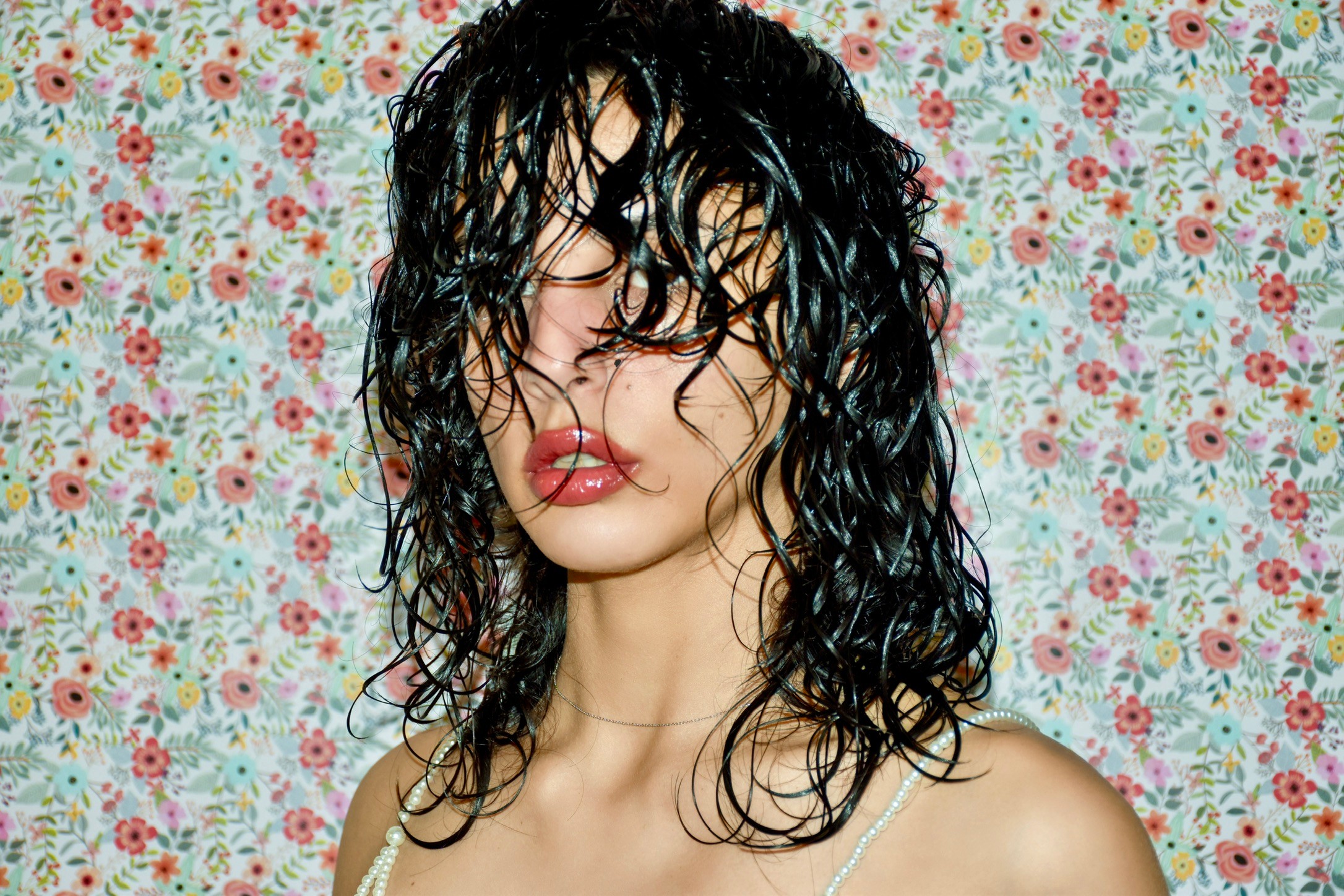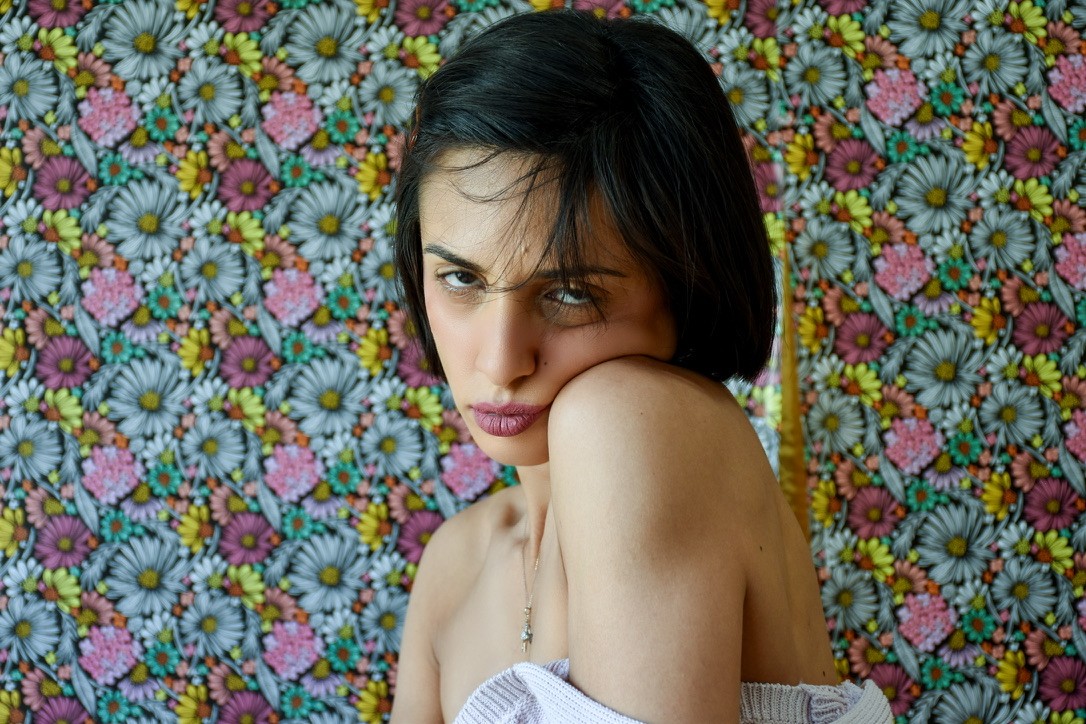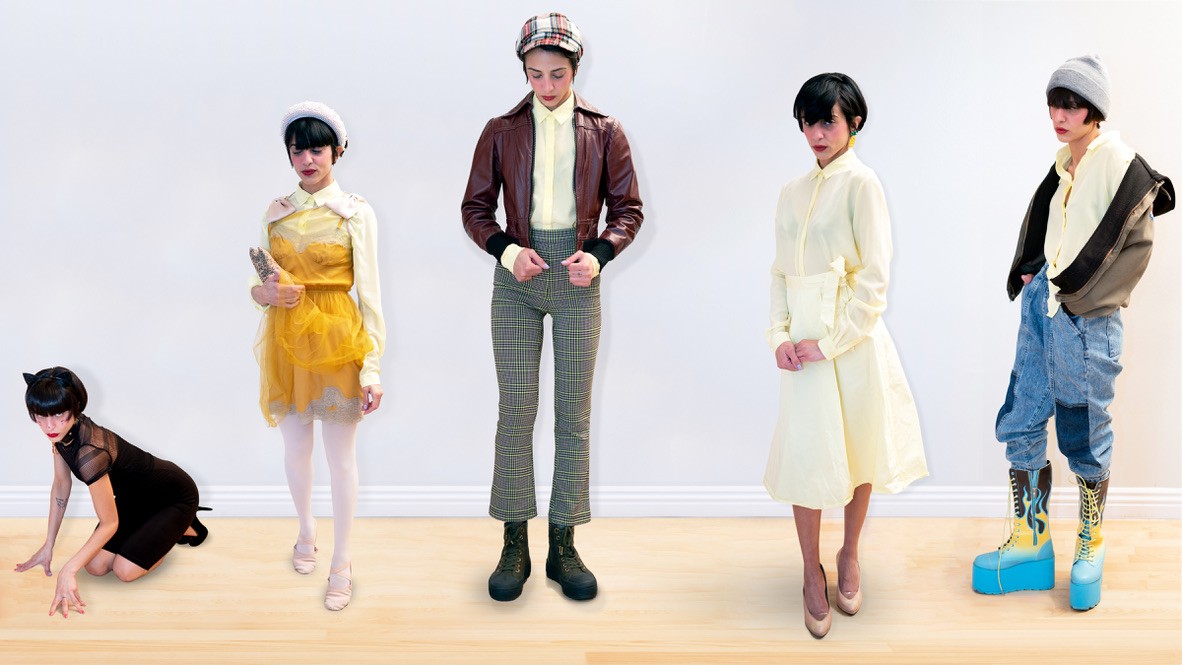We were lucky to catch up with Yasmine El-Azzeh recently and have shared our conversation below.
Yasmine, thanks for joining us, excited to have you contributing your stories and insights. How did you learn to do what you do? Knowing what you know now, what could you have done to speed up your learning process? What skills do you think were most essential? What obstacles stood in the way of learning more?
Learning your craft is a deeply personal journey, one that is intuitive, inspired, and insightful. As a writer and visual artist, I’ve taken two different approaches to learning these separate yet overlapping crafts. I gravitated toward writing naturally at a young age and never questioned my commitment to it since. I was dedicated to the art before discovering its expanse and my potential. Writing found me and found me wallowing in an emotional well. It lifted me out and lifted me up, allowing me to channel my feelings into words, my experiences into stories, and my passion into poetry.
Given my innate writing ability, my parents dissuaded me from studying it in college. I acquiesced, telling myself a degree in writing would erode my authentic style and relegate me to a life of teaching. Instead, I studied theatre and film at UCSD, convinced a visual and performance arts background would heighten my writing and allow me to pursue it professionally. I supplemented my studies with playwriting and screenwriting classes that led to plays and experimental shorts, but my academic focus remained visual.
I arrived in Los Angeles as a visual artist with an innate writing ability, eager to become a television writer. This is where my craft began to evolve wildly and professionally. I worked in the entertainment industry but never quite entered the writer’s room. Instead, I returned to the classroom to write specs, pilots, and standup routines. As unexpected, I became a copywriter.
Copywriting allowed me to tame my tongue and write for eight hours daily. This experience made me see the merit of studying writing and realize my folly in assuming it would hamper my voice. By exercising that creative muscle daily in a non-creative setting—the office—, I could master the technical side of my craft without altering the integrity of my creative voice, as my younger self had once erroneously feared.
During this period, my craft began to blossom visually and verbally. My materials were my raw emotions. My canvases were the page and the photograph. I began to express myself in very contained, stylized ways and settings. I performed for the camera, producing still images with restless feelings. I wrote for myself, refining these unfiltered feelings through my newfound writing techniques.
When it comes to learning the craft, you can start with a dream or a degree. From there, you just don’t stop. Evolving my writing technique allowed me to manipulate language consciously. Subverting my education with my voice allowed me to make art. I honored my authenticity throughout, for without it, I would just be a page in someone else’s book. With writing, I broke the rules before I learned them, and with visual arts, I learned the rules before I broke them.
During my creative process, I begin with the body and end with the mind. I extract the emotion in its essence and let it dance across the page or screen without judgment. Once it is out, I draw it in through editing. Copywriting taught me the value and skill of editing. My voice was not lost; it was discovered anew—over and over again.
Mindfulness became a key component in my process, breaking me through my writer’s block and the other side. One emotion that surprisingly fostered my mindful machinations was anger. While it may not be the most expansive state, hooking onto the rage to get words onto a page was a profound entry point for me. One of my favorite writing teachers suggested drinking beer before wetting our pens with ink. For me, my anger was beer. It lowered my inhibitions while elevating my confidence. I did not judge what I was creating; I was not thinking, just doing. The “thinking” came later during the editing process.
I’ve progressed past this phase to understand anger is not always the best starting point, as it can lead to reactive art and a myopic lens. However, it allowed me to produce a prolific amount of work. Shedding skin through my art shed insight into the alchemical nature of my creative process. Writing and visual arts became an act of transmutation and an endless exercise in evolution. Non-judgment, curiosity, and triggered inspiration have become the new mixers in my mixed media, pre-creative cocktail. Without them, my art would be stock images and words.


Great, appreciate you sharing that with us. Before we ask you to share more of your insights, can you take a moment to introduce yourself and how you got to where you are today to our readers.
Like Jesus, I come from Palestine. Unlike Jesus, I am a child of the diaspora and have never been there. I was born in San Diego and grew up in Saudi Arabia, splitting my time across the seas. Academically, I studied theatre and visual arts at the University of California San Diego and global communications at the American University of Paris. Professionally, I am a copywriter who has worked across multiple industries, including entertainment, fashion, and influencer marketing. Creatively, I am a visual artist and writer, producing photos, poetry, prose, plays, and performances.
My heart, mind, sweat, and tears go into my work. I am unwaveringly committed to what I do, carrying my passion from professional to personal projects. The pulse of my recent work lies within my self-portraits, which use still images and quick quips to tell a story. I use the same muscles when writing ads: I pair copy with graphics to tell a story that captivates the audience quickly and succinctly. While the scope of my work as a copywriter extends past advertisements, I never fail to extend my idiosyncratic imprint to the language I craft for brands.
I am most proud of being human; it has given me my softest edge and most enlightened insights. In the age of artificial intelligence, art created with human hands can touch human hearts. Whether through my plays or plays on words, I rely on rawness to resonate with real people without artifice. My art and my writing are viscerally charged experiences. Whether on a webpage or a proscenium stage, I connect with the audience as authentically as I connect with myself.


Let’s talk about resilience next – do you have a story you can share with us?
My country of origin has come into fire recently despite being on fire for decades. I’ve experienced discrimination and prejudice from people simply for being Palestinian. I never knew how dark the discourse around my ethnicity was until now, given the latest genocide in Gaza. Despite this, I’ve been equally empowered by voices globally and locally, including mine. The Palestinian people’s resilience has inspired me and allowed me to belt my voice despite the resounding dissonance of those trying to silence it.
My art is not political, but it is subversive. While it does not draw directly from my heritage, it is influenced by my Arab roots. The Arabs are masterful storytellers; stories are the thread that unites us and weaves the tapestry of our rich literary culture. Whether through language or light, I create stories that entrance myself and my audience. Stories are a means of man-made connection that transcends manufactured constructs.
My creative expression disrupts the fabricated narratives that seek to destroy the sanctity of the Palestinian people. By sharing my story as I am, I disprove the sick stereotypes that infect my cultural reputation. Identity is a large facet of my art, and art itself can bridge the divide between self and others. I use my art to unify disparate aspects of self and expose the humanness that is within us all.
As a writer, I have a duty to share insight into the human condition. Because humans are not always in the best conditions, it is imperative to connect through our collective consciousness and common empiricism.


What’s the most rewarding aspect of being a creative in your experience?
Art is a healing practice. Photography and poetry have been integral to my evolution. I use them to shed light upon what’s hidden in the dark. Through my artistic exploration, what I may have mistaken for a monster under the bed is revealed to be a sock from my inner child.
Photography was first known as heliography, coined by the historical founder Joseph Nicéphore Niépce. In this instance, “helios” refers to the sun and “graphein” to writing, but its homophonic resemblance to the word healing is worth noting. Through photography and poetry, I expose pain and transmute heaviness to lighten up. For me, it is a ceremonial act of ego death and rebirth.
A little part of me may die, but it was never really a part of me that belonged. However, I cannot dismiss its impact, no different than an oyster can dismiss the dirt within that turned into its pearl. French refers to the experience of an orgasm as “la petite mort” or the little death. I liken my creative process to this idiom, as my art always has a sacrificial, euphoric quality.
I will conclude by saying sacrifice means to make sacred, so in this energetic exchange from self to canvas, nothing is lost, and all is preserved.


Contact Info:
- Website: https://tofuandtartuffe.com/
- Instagram: https://www.instagram.com/fowlowl/
- Linkedin: https://www.linkedin.com/in/yasmine-el-azzeh-12619364


